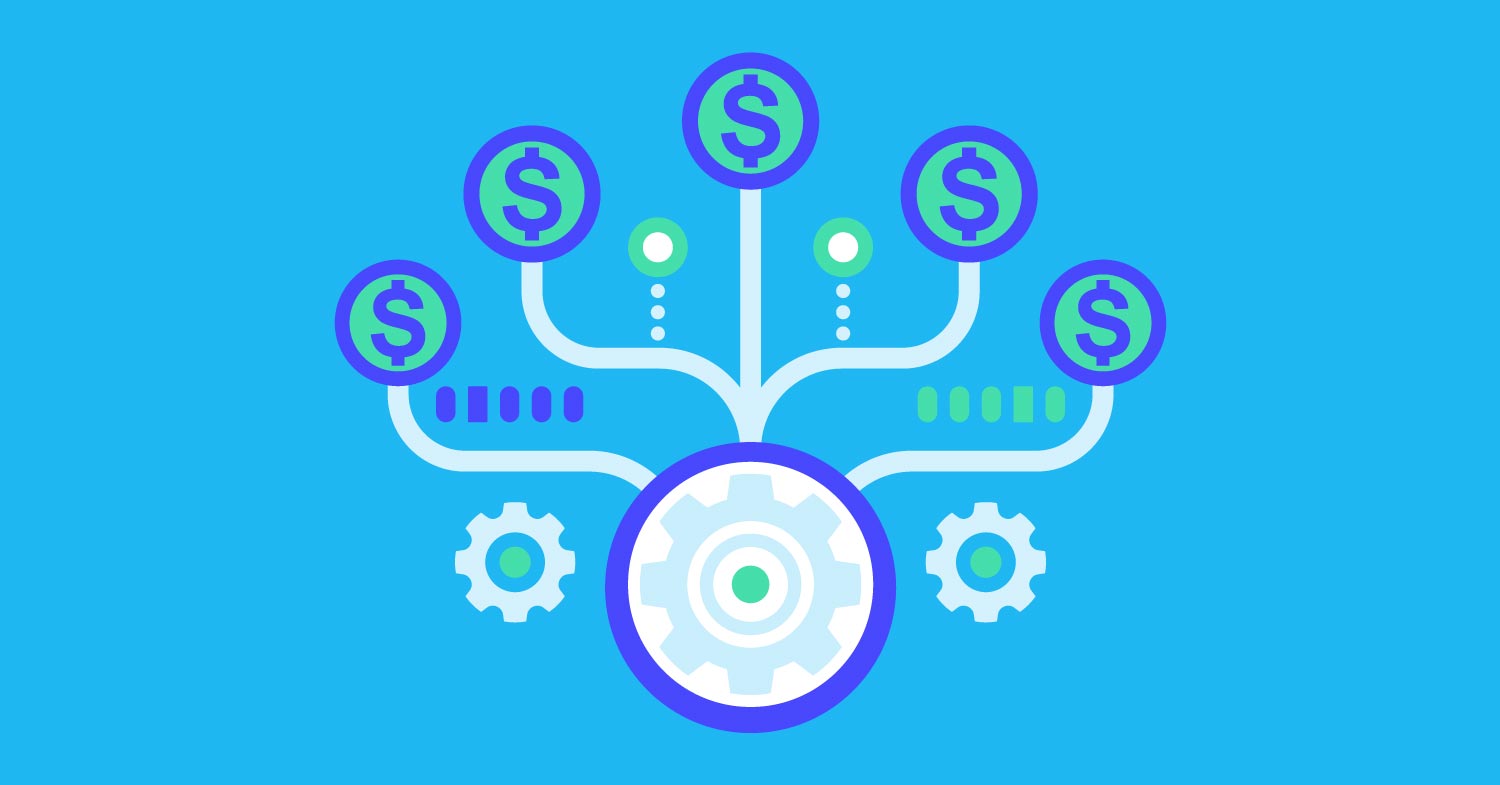Estimated reading time: 5 minutes
Collections can be costly — collections agencies need to pay their employees, pay for software, pay for postage and other forms of communication, pay for data acquisition, and more. Employees tend to be one of the greatest costs for debt collection firms because they need to pay their employees salaries, bonuses, and benefits. However, employees are vital to running a collections firm that effectively collects on debt. While collection agencies need the talents that their employees bring, they can reduce costs in other ways, particularly by using the right technology, like a collection agency software. Here’s how to reduce costs with technology at your debt collections firm.
Consolidate your debt collection software solutions
Collections agencies need to be able to collect a lot of data in order to build profiles on individuals, locate debtors for collection, and perform debt recovery assessment. Acquiring all this data often requires performing a variety of different searches. For example, you may need to gather contact and address information, search business records for a financial investigation, and even find social media profiles with phone number to skip trace particularly hard-to-find individuals. Rather than paying for multiple softwares to perform all of these different searches, you can save money by using a public and private records database that provides all of these different searches in one place.
With Tracers, you can perform a people search and gather basic information like names, contact information, and relatives and associates, as well as use skip tracing tools for collections like an address history search to gather comprehensive information on an individual’s past addresses for skip tracing.
If you’re investigating a business, you can search business records and gather information like a business’s debt records, UCC filings, corporate records, and workplace records. You can perform an asset check to gather up-to-date information on assets that you may be able to repossess, as well as use a comprehensive license plate recognition system to pinpoint possible locations of individuals and their vehicles.
If you’re looking to perform a deeper dive on individuals that you are missing records for or are hiding from collections, you can perform a social media search and collect data across a variety of social networks and channels to gather information about an individual’s possible whereabouts. Whatever kind of data you’re looking to collect, you should consolidate your technology and use a one-stop software that provides you with all the searches you need in one centralized platform.
Reduce communication costs with technology
Collections is significantly easier when you’re able to contact consumers directly and maintain consistent communication across the entire collections cycle. However, communication costs can quickly add up. For example, many collection agencies use letters as their main form of communication, which means you have to pay for postage. Collections agencies also use phone calls to contact consumers, which means you’ll need to pay for a calling software or other bills related to telephony communication. While you’re always going to have to pay some costs for communication, you can reduce your costs by using technology that provides you with up-to-date contact information.
When you access up-to-date contact information in a public and private records database, you’ll increase your chances of right-party contact which means you’ll reduce the amount of touches you’ll need to make with consumers. For example, if you’re sending out letters to the wrong address and they don’t get delivered to the debtor, and you’ll end up paying for more postage than necessary.
You can use a public and private records database to search current addresses and address history that includes utility data services. Data like this is tied back to any utilities a debtor is paying for, like electric or internet. These addresses are the most up to date and increase the likelihood the debtor will receive your letter.
Similarly, if you’re using phone numbers to contact a debtor, you don’t want to waste time calling phone numbers that are outdated. With a public and private records database, you can use a phone to address directory and attach phone numbers to existing records, like a name and address, in order to ensure you’re calling the correct number and reduce the overall amount of phone call attempts you make. When you have access to the most up-to-date contact information, you’ll be able to contact your debtor in less time and in turn reduce your costs of communication.
Use a cloud-based software to access all the data you need, whenever you need it
Gathering data for collections requires accessing a variety of different records. Traditionally, collections agencies may have had to work with a variety of different vendors, like courts, libraries, banks and individual credit bureaus . Rather than working with a variety of different vendors, you can use technology that provides you with constant access to all the data you need.
A public and private records database with cloud-based functionality gives you the ability to access all the data you need from any device, any time you want. You can search court records, business records, people records, and bankruptcy information on your own time and when you want.
If you’re looking to gather large amounts of information without paying for single searches, you can perform high-volume searches at once with batch lookup. Working with one vendor that provides you with constant access to all the data and also provides search support if you’re not finding what you need. This provides your debt collection firm with greater freedom and flexibility in data acquisition.
If you’re interested in using the best technology for debt collection firms to reduce your costs, get started with Tracers today.

